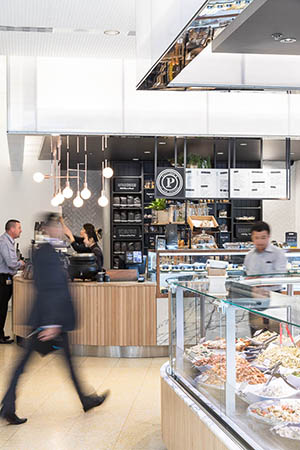Design For Dignity
Retail Guidelines





Shopping is an integral part of life and is more than just buying goods and services.
Whether it is shopping for groceries, going to the bank, visiting a café, the Post Office or shopping for the latest fashion trends, we all gain a level of social engagement and interaction from these activities.
The aim of this guide is to provide retail business owners, service providers, shopping centre owners and managers, designers, builders and certifiers with an understanding of how to make the shopping experience for people with disability more independent, pleasurable and dignified.
It is broadly accepted that organisations with a good understanding of the impact of disability on their customers will reach a wider market.
A UK survey found that 83% of people with disability had avoided a business, having been unable or unwilling to make a purchase.
In addition, 76% of people who did not have a complaint successfully resolved indicated they would be prepared to leave for a more accessible provider.*According to an Australian Network on Disability (AND) survey of over 200 people with disability in April 2016.
The challenge is how we develop a more inclusive view of how people with disability access and engage with a place, and importantly, how this can be done seamlessly with equity and dignity.